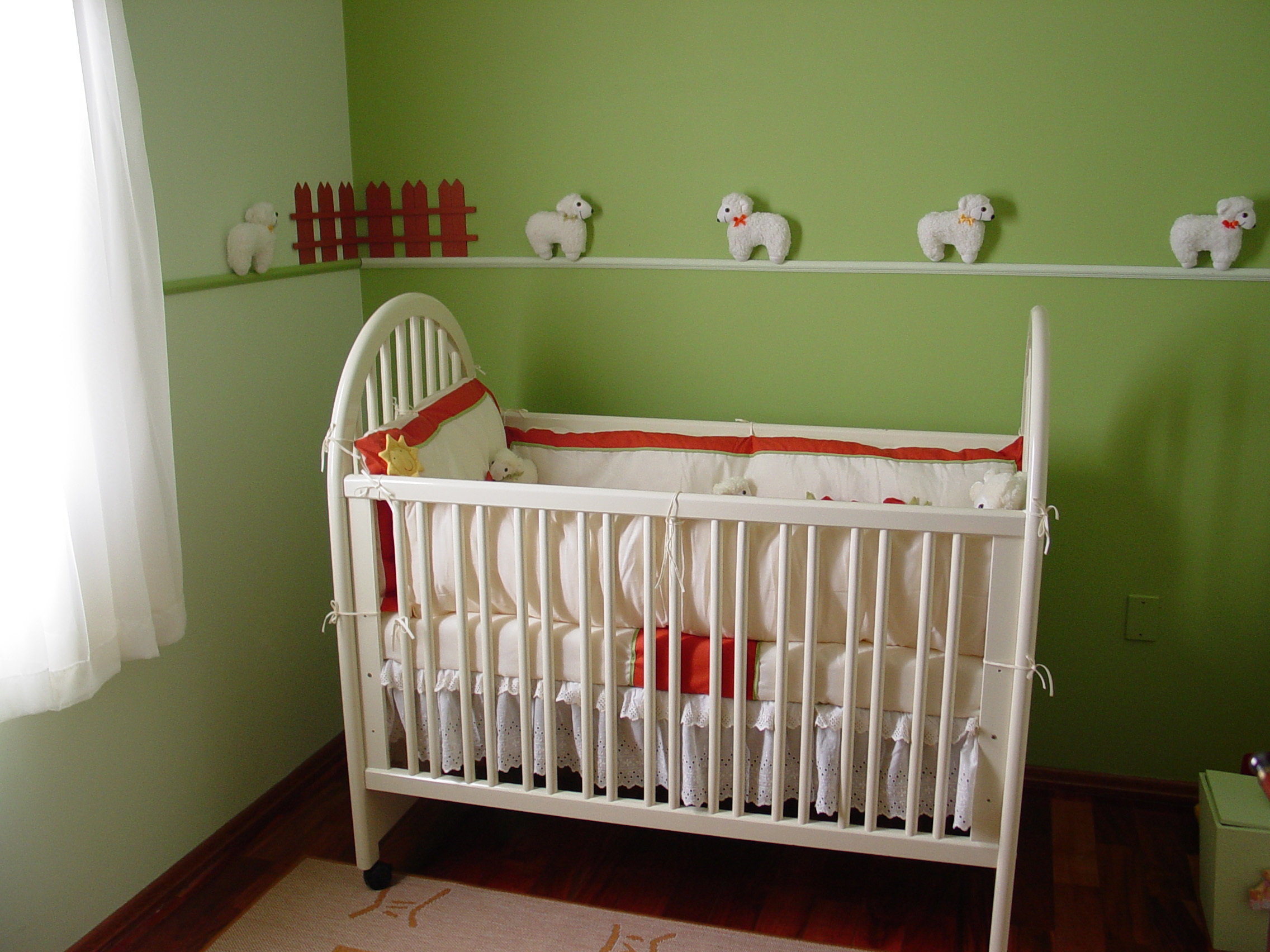
WEDNESDAY, July 20 (HealthDay News) — The meteorological monster — dubbed a “heat dome” by weather experts — that has wilted much of the United States from the Southwest to the Ohio Valley for days, pushed into the Northeast Wednesday, bearing oppressive humidity, temperatures in the high 90s and heat indices surpassing 100 degrees.
The heat wave, blamed for as many as 13 deaths in the Midwest alone, is expected to break for some parts of the northern United States late Wednesday and Thursday with the arrival of a cold front. The result will be a significant drop in temperatures across the north central states for the rest of the week. But, the central and southern Plains, much of the Midwest and even the Northeast won’t feel much change from the extended heat, according to the National Weather Service.
Triple-digit temperatures are forecast to remain in place across much of the eastern United States through Saturday, before cooling off slightly to the mid-90s by Sunday, the weather service said.
Until the heat breaks, doctors are warning that high temperatures can cause serious — and potentially fatal — health problems, especially for the very young, the elderly and those with chronic medical conditions.
Dr. Janyce Sanford, chair of emergency medicine at the University of Alabama at Birmingham Hospital, said heat-related illnesses include a range of ills, from mild to severe.
“Someone who has been working out in the heat may start to experience the beginning stages with heat cramps. As it progresses, the next step is heat exhaustion. They may develop a severe headache, nausea, vomiting, and a feeling of severe weakness,” she said in a university news release.
The most serious — and potentially fatal — heat-related illness is heat stroke, Sanford said.
“When you reach this point, the severely elevated body temperature causes an altered mental state, dizziness and ultimately can lead to a loss of consciousness. The muscles can start to break down, which leads to kidney failure; this makes heat stroke a life-threatening illness,” she said.
Though rare, heat stroke is most often seen in very young and elderly people, or people with a chronic illness.
The safest place to be during a heat wave is indoors — if air conditioning is available, experts say. Remain in the air-conditioning as long as possible. And limit outdoor activity to morning and evening hours when temperatures are relatively cooler.
Sanford offers the following advice:
- Avoid being outside during the hottest part of the day, 11 a.m. to 4 p.m. Wear light-colored and lightweight clothing, a hat, and remember that 100 percent cotton clothing tends to hold sweat, making it harder for your body to cool off.
- Thirst isn’t always a good sign of hydration status. In children, the thirst mechanism isn’t fully developed, and in seniors, the sense of thirst has diminished. By the time your brain signals thirst, you may have lost 1 percent of your body weight — about 3 cups of sweat for a 150-pound person.
- Urine color is an important indicator of hydration. A well-hydrated person’s urine will be almost clear. Darker colors indicate less hydration. Not having to urinate at all after intense workouts is a warning sign of real dehydration.
- If you exercise for less than 90 minutes at a time, cool water (40 degrees F) is all you need to replace fluids. You should drink about 16 ounces of water two hours before exercising, eight ounces every 15 to 20 minutes during exercise, and then at least another 16 ounces after finishing. Drink until your thirst is quenched, and then drink even more to fully rehydrate.
- Sports beverages are appropriate if you’re exercising for more than 90 minutes. These beverages should be consumed only during exercise and not before, because they might trigger a hypoglycemic — or low glucose — effect, potentially reducing performance.
It’s also best to avoid caffeine and alcohol. Drinks that contain caffeine, alcohol, or large amounts of sugar can cause dehydration and irritability.
More information
For more tips on protecting yourself from the heat, check out this U.S. Centers for Disease Control and Prevention extreme heat toolkit.

